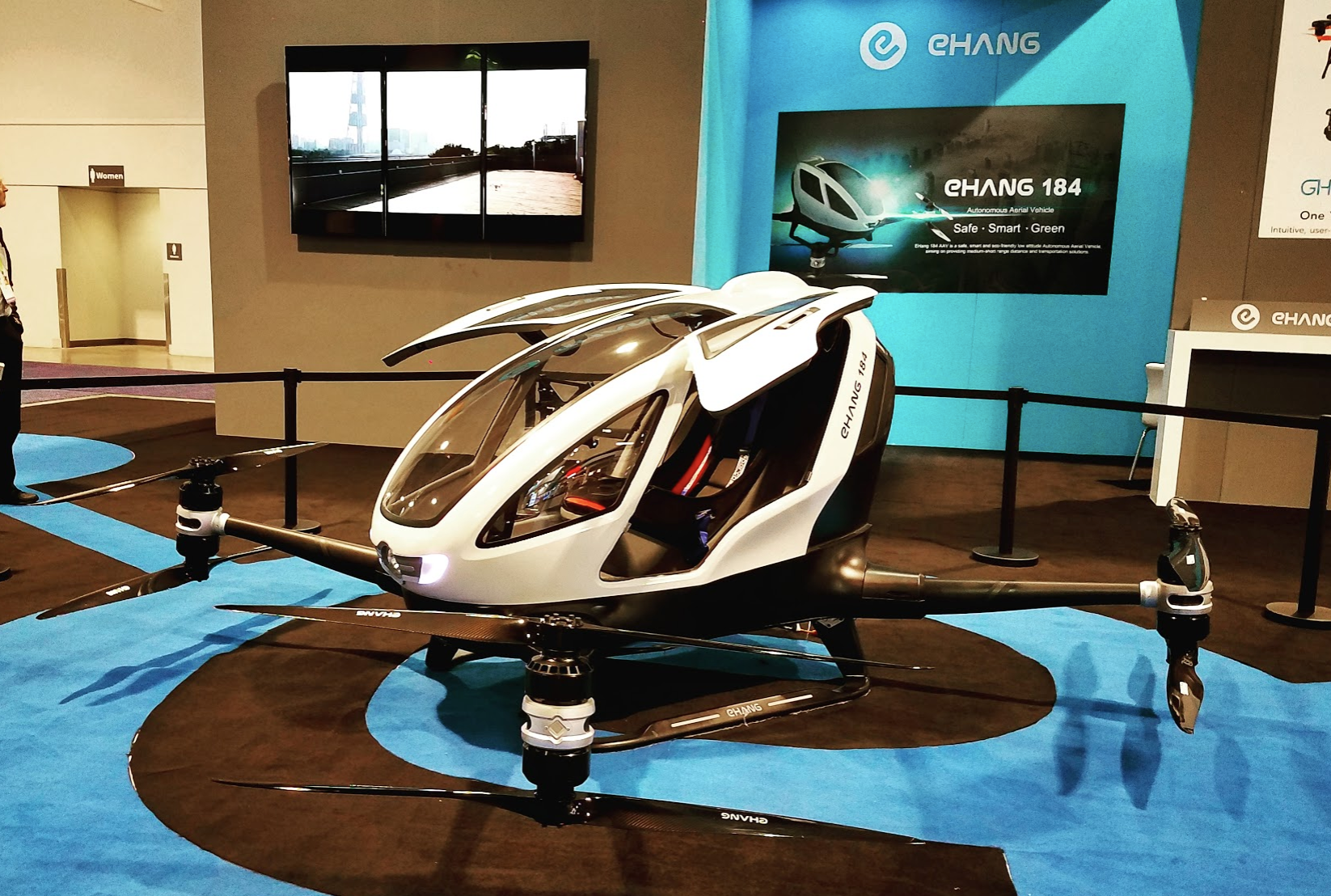
What You Missed at CES 2017: A Digital Floor Tour
CES is the world’s largest gadget trade show, this year attracting about 175,000 attendees. In the last few years, CES has developed into one of the top marketing and advertising events, with roughly 5,000 representatives from brands, agencies, ad tech vendors, and platforms descending on the Vegas strip to catch up on the latest tech trends.
The major Internet platforms — Google, Facebook, Twitter, AOL, Yahoo — didn’t have booths, but were hosting meetings and invite-only parties to interact with their advertising customers. There was also a separate section of CES specific to brands, agencies and ad tech vendors. Spotify, for example, used an elaborate walk-in listening experience to promote its platform to advertisers.
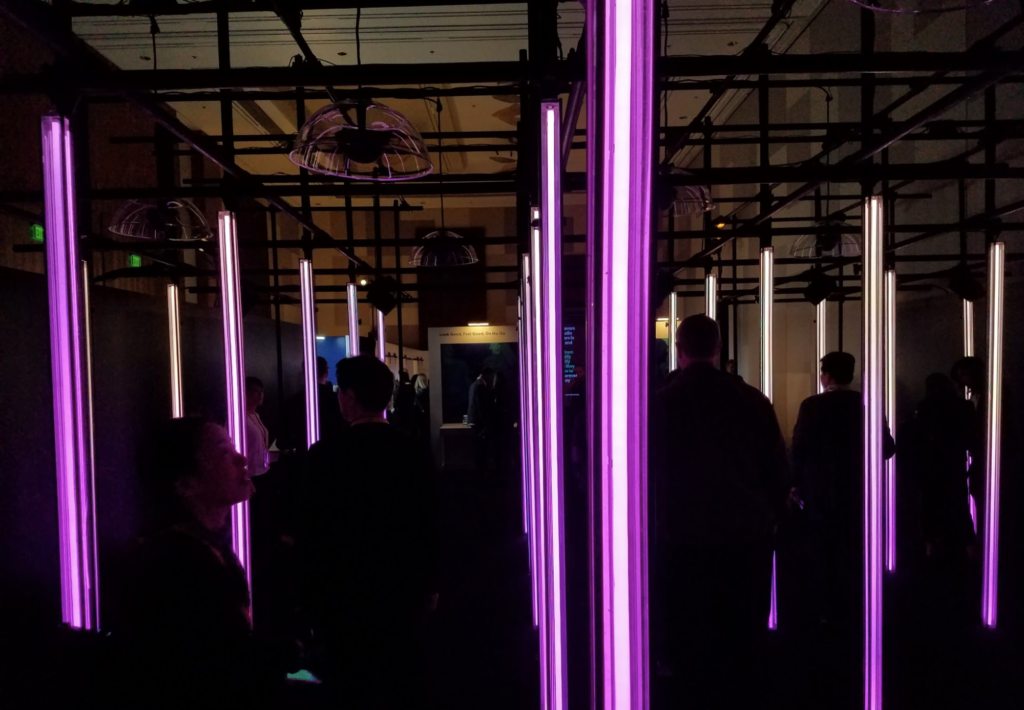
Pixability and Brand Innovators partnered to host floor tours of Tech East. If you weren’t able to join us, here’s what you missed as we navigated through the drone and VR sections, over to Huawei, Sony, Samsung, and LG, and discussed what these innovations mean for brand marketers:
VR/AR Everywhere
There was hardly a booth that didn’t have some kind of Virtual Reality headset on display. Even car manufacturers let you drive their latest concept cars using VR. And interest levels were still high — the lines for the better VR demos were quite long.
The VR market is increasingly breaking out into three segments:
- High-end systems like Oculus Rift and HTC Vive that require a high-end PC and are mostly designed for advanced gaming and professional applications.
- Mid-range systems like Sony’s Playstation VR that build on existing gaming hardware.
- Low-end systems based on smartphones like Samsung’s Gear VR and Google’s Daydream.
The last segment will certainly be the most relevant for advertising because it accesses a mass market and is capable of showing 360 degree/VR video in good quality with even relatively limited hardware capabilities. It’s still early in this market, but Samsung announced that now 5 million of its Gear VR headsets have been sold worldwide, so adoption is clearly picking up.
Content production for VR is becoming cheaper and easier too. Several vendors showed quite capable small 360 degree cameras in a price range of just a few hundred dollars. High-end rigs are still expensive, and the software workflow is still lacking, but the pace of development is very rapid. Augmented reality (AR) was quite popular too, not least driven by recent mainstream successes like Pokemon Go. But hardware makers still struggle with a compelling AR hardware that goes beyond the smartphone screen.
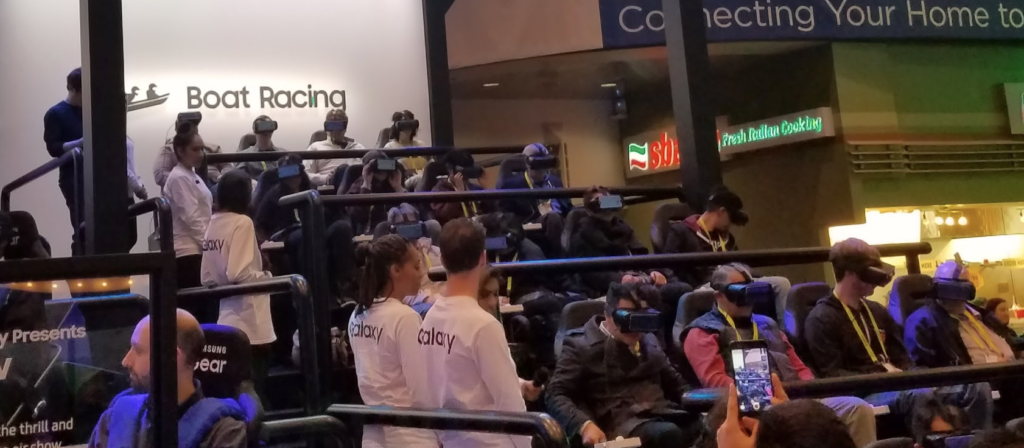
2. Everything in your home will be connected and voice-controlled
The big winner of CES 2017 was probably… Amazon. While the company didn’t have a booth on the main showfloor (only a presence in the advertising-oriented part of CES), it was present on dozens of booths. Amazon now aggressively licenses its Alexa voice assistant technology to other vendors — there were Alexa-controlled cars, robotic vacuum cleaners, home robots, fridges, lamps, loudspeakers, and smartphones. Voice control could well turn out to be the glue that holds the connected home and Internet of Things together.
Brands have already started to embrace these new voice platforms experimentally. For instance, Alexa allows developers to create new “skills” that provide new capabilities to the platform. You can ask Tide for tips on stain removal, get recipes from Hellmann’s (containing lots of mayonnaise, supposedly) or get stock prices from Fidelity.
Voice is also a very convenient new interface to access video content. Alexa can play videos on Amazon’s devices, and Google Home can stream videos to a Chromecast-enabled TV.
3. Screens are getting even better (and thinner)
You might think that the 4K TV you bought last year is really neat, but after this year’s CES it will look to you like your parents’ 70s era TV set — hopelessly outdated. All major manufacturers showed TV screens based on the OLED technology that is used by some high-end smartphones (or similar technologies). Contrast ranges and color accuracy are much higher than on traditional LCD/LED screens.
The most popular screen was without a doubt LG’s new Signature OLED TV. It is just 0.2 inches thick and can be mounted on a wall using just magnet stickers. It really almost looks like a piece of wallpaper — very, very bright wallpaper with insanely lively colors, that is.
4K resolution is nice, but the latest is 4K with High Dynamic Range (HDR), which makes pictures pop much more given the right source material. Some streaming providers like Netflix and Amazon have started serving 4K HDR content. If you’re getting a new TV, make sure it’s HDR-capable. It really makes a difference. Needless to say, all of these new TVs are Internet-connected and come with a variety of smart TV features. YouTube is of course available on all of them. The different streaming platforms (like Amazon Fire TV, Roku, Amazon TV, Apple TV) didn’t have much of a visible presence at CES. By now it’s just assumed that all TVs are connected with one of these technology platforms.
More Trends to Keep an Eye on:
- Drones are going mainstream — they’re very affordable, come in many shapes and sizes and are ever easier to fly, but the regulatory hurdles will probably limit how much of a mass market this is going to be.
- Chinese manufacturers like Huawei, ZTE and Xiaomi are increasingly coming out with smartphones that are more powerful and innovative than what you can get from Apple or Samsung. In some cases they’re partnering with premium brands to sell premium products, like Huawei’s Porsche Design-created $1,500 smartphone.
- Traditional PC and mobile form factors and software platforms are increasingly merging. Samsung showed a new Chromebook that can double as a pen-enabled tablet. It can also run almost any Android app and therefore goes up against Apple’s iPad line and Microsoft’s Surface product range.
Odds and Ends:
The fun thing about CES is that it goes well beyond mainstream electronics. There are entire halls full of tiny manufacturers that promote all kinds of crazy gadgets, most of which will never make it to the mass market. But some ideas might become the big trends five to ten years from now, so it’s always valuable to spend time roaming the halls.
Here’s a look at some other gadgets that caught our eye during our tour of the showfloor:
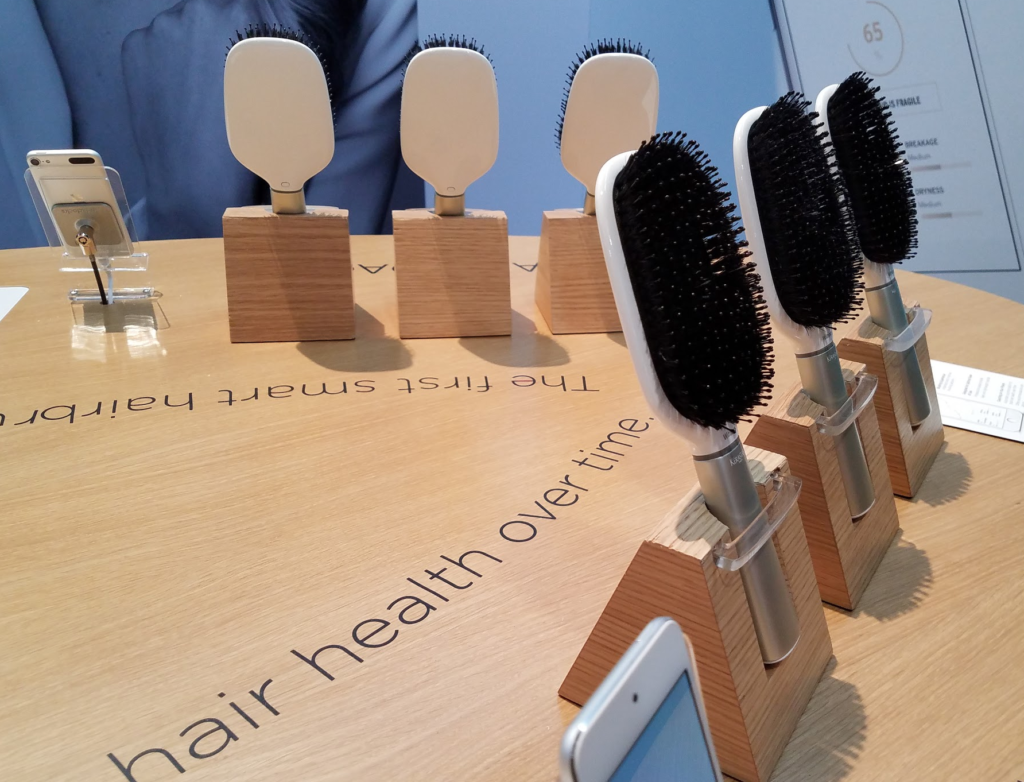
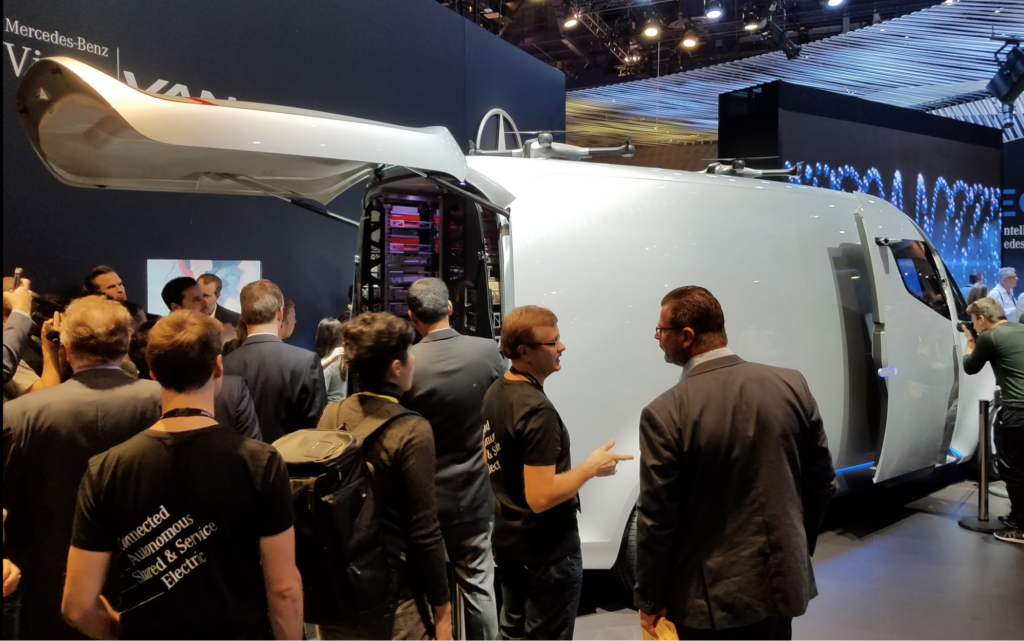
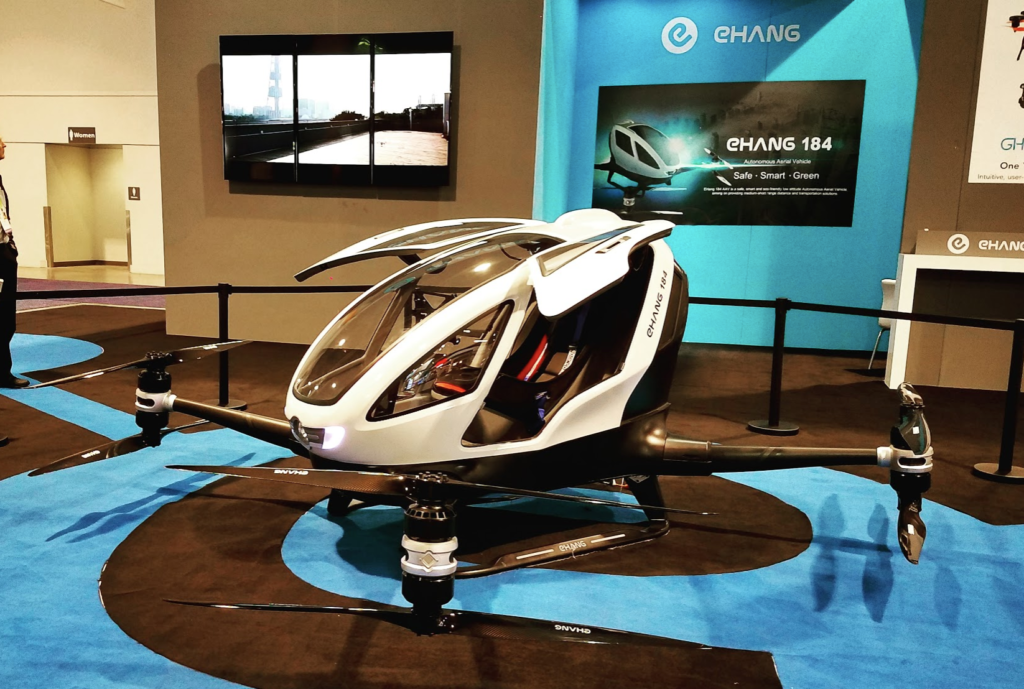
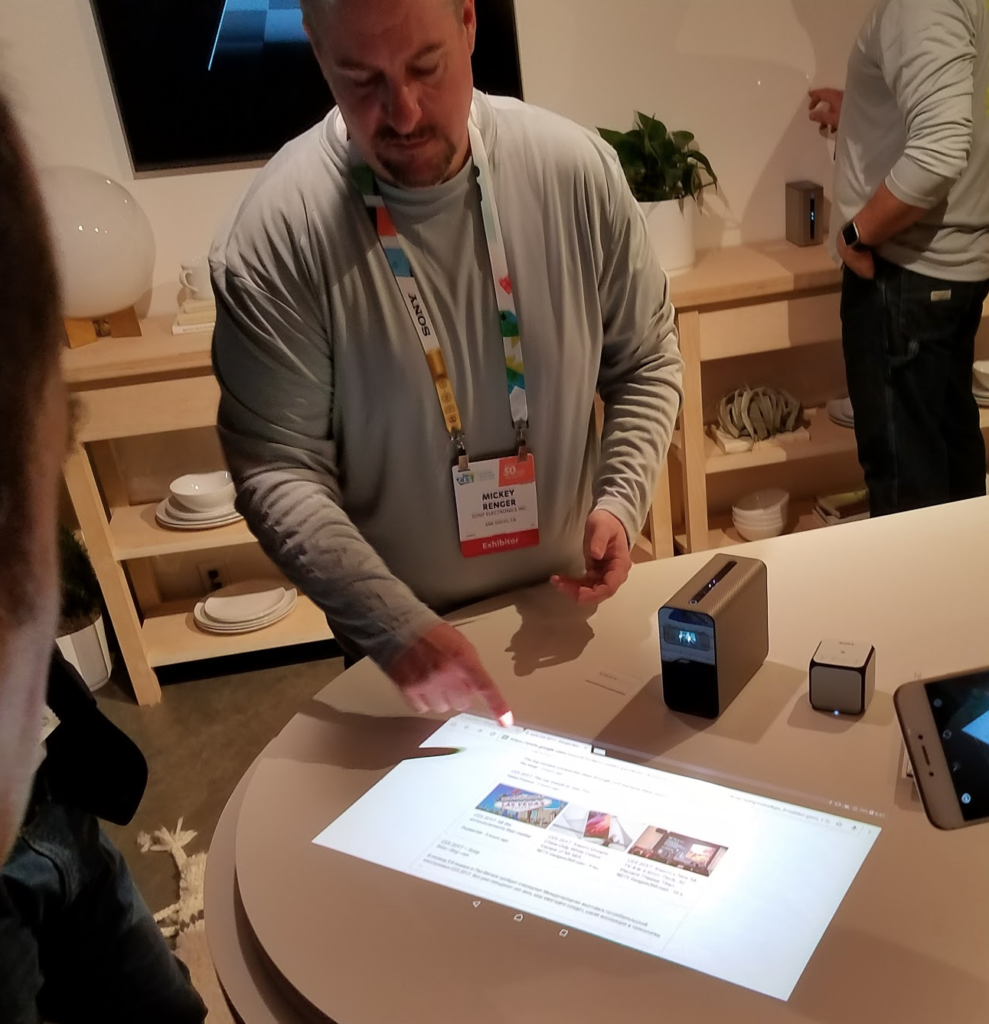
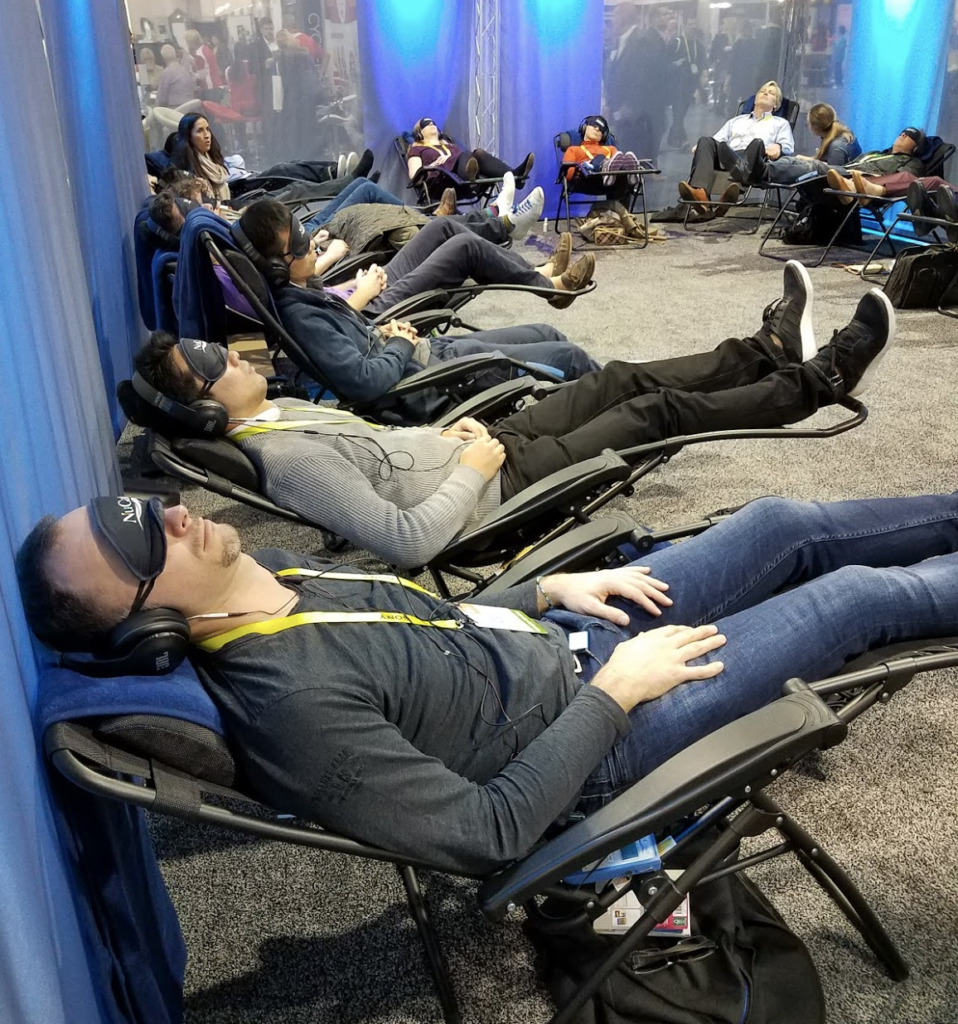
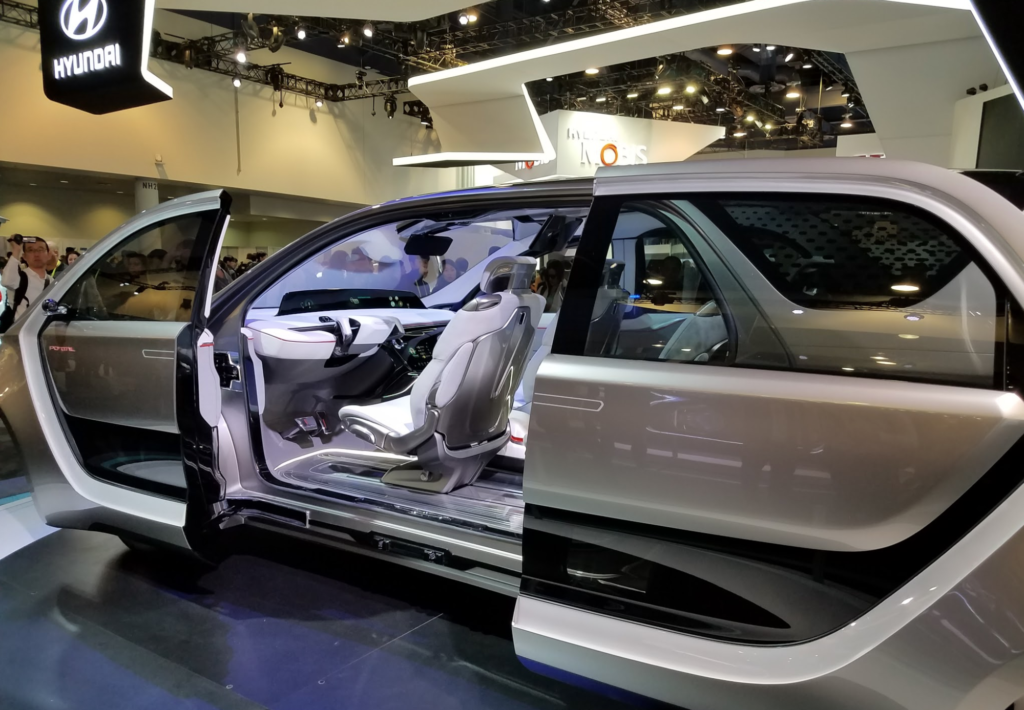
If you’d like to connect to learn more about how Pixability’s social video advertising solution can help you or your client’s video advertising across YouTube, Facebook, Instagram, and Twitter, get in touch today.